
Around 2900 BCE, a cataclysmic volcanic eruption reshaped the world in ways that would be felt for generations. The massive blast spewed ash into the sky, blocking sunlight and triggering a dramatic period of global cooling. The effects were felt throughout the globe, and different cultures reacted differently. Here’s how.
The 5,000-Year-Old Volcano And Its Impact On Climate
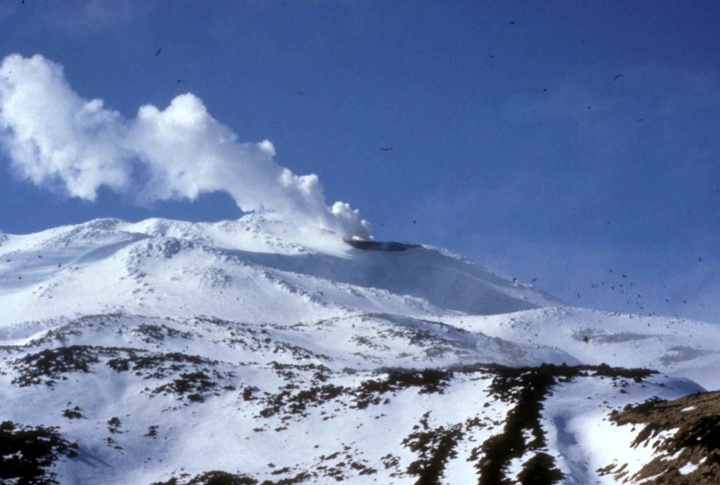
This volcanic winter lasted several years, and it made life harsh for Neolithic societies. Cooler temperatures led to devastating climate changes, pushing ancient communities to adapt quickly. As the darkness took over, populations sought answers through rituals and offerings, with many turning to symbolic acts.
Evidence Of Climatic Catastrophe In Ice Cores

Ice cores from Greenland and Antarctica contain sulfate traces from the 2900 BCE eruption, and they provided key evidence of its global impact. These layers of sulfuric particles confirm that a volcanic event large enough to alter global climate occurred.
The Mysterious Sun Stones Of Denmark
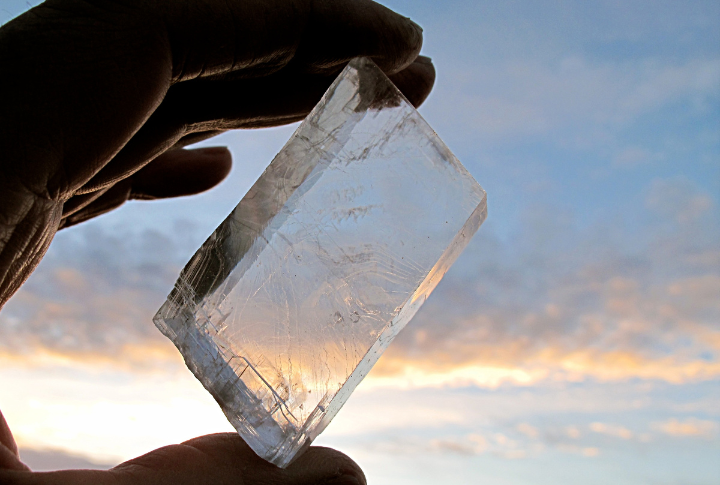
On the island of Bornholm, archaeologists uncovered 614 sunstones—flat shale pieces adorned with sun motifs and images resembling fields and crops. These items were buried in a ditch around 2900 BCE, likely in response to the environmental catastrophe.
The Community’s Unified Response To Disaster
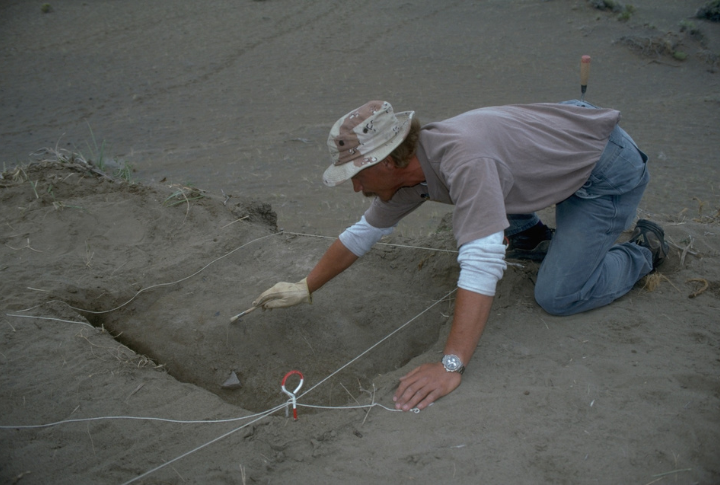
Dr. Rune Iversen, an archaeologist involved in the study, explains how the shared nature of these offerings may have united the community in facing a dire, shared fate. Archaeologists speculate that the event marked a turning point in the community’s relationship with nature.
The Role Of Sun Motifs In Ancient Rituals

Sun motifs appear across cultures and are often used to symbolize life and fertility. The sunstones of Bornholm reflect this symbolic connection to sustenance. At a time when crops failed, ancient societies used these powerful symbols to express their dependence on the sun’s life-giving energy.
Famine And Crop Failures

Around the world, the eruption’s effects were felt. With temperatures dropping significantly, entire regions saw their harvests destroyed. The aftermath of such events caused massive food shortages, and it pushed ancient societies to resort to any means necessary to survive, including ritual offerings.
Neolithic Communities’ Resilience Beyond Rituals
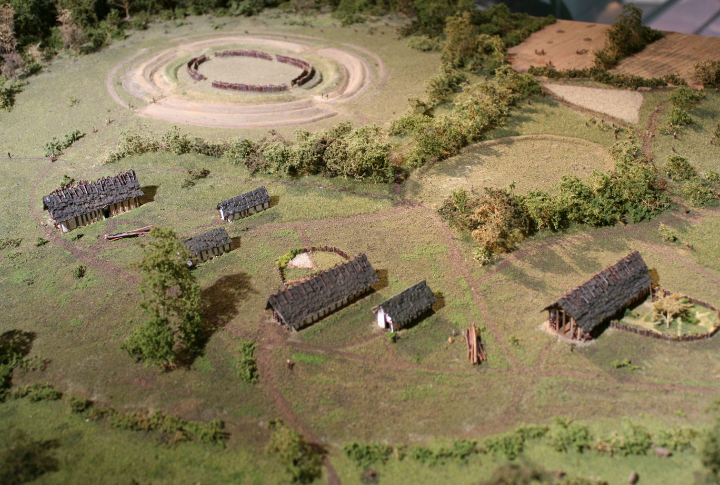
In addition to ritual sacrifices like the sunstones, Neolithic communities likely adapted their lifestyles to combat the prolonged volcanic winter. Changes in settlement patterns suggest a shift toward communal living, where pooling resources and sharing food became essential for survival.
Traces Of The Eruption’s Aftermath In Other Regions
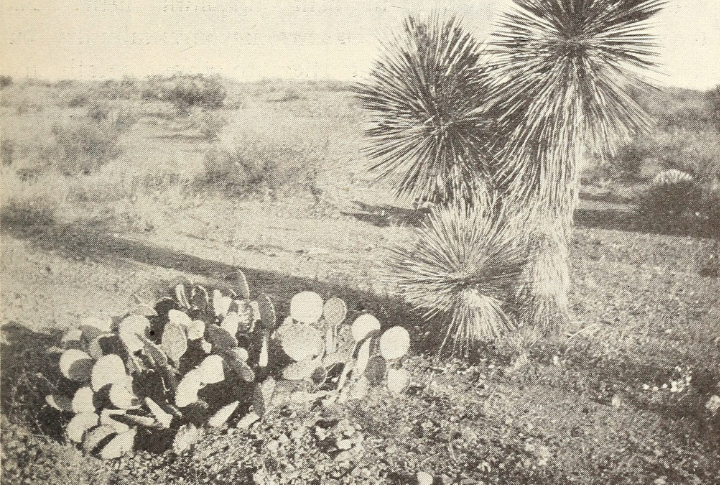
The 2900 BCE eruption left a distinct fingerprint far beyond Denmark. Evidence from regions like the Middle East shows increased reliance on drought-resistant crops and innovations in irrigation systems. These adaptive strategies reveal how ancient societies around the globe responded with ingenuity to counteract the disruptions.
Spiritual Beliefs Shaped By Natural Disasters
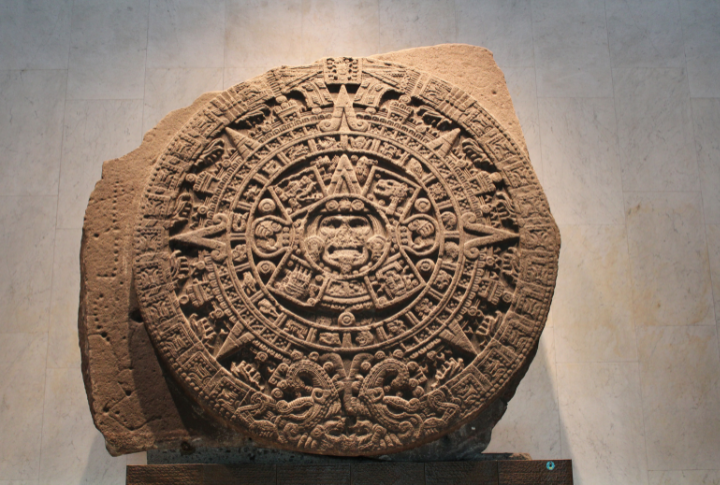
The catastrophic eruption may have influenced long-term spiritual beliefs in Neolithic societies. Symbols like the sun became central to rituals, possibly reflecting a newfound reverence for celestial forces. This event likely marked a shift in how ancient communities interpreted natural phenomena.
The Birth Of Organized Leadership
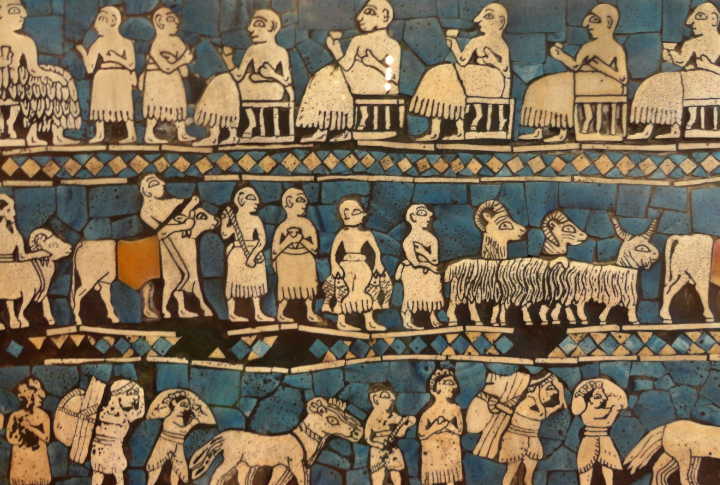
The volcanic eruption triggered lasting changes in governance among ancient societies. As resources dwindled, communities developed formal leadership roles. These structures enabled organized crisis responses, resource allocation, and ritual coordination. Archaeological evidence suggests this shift fostered social cohesion, reinforcing shared identities and long-term survival strategies.
